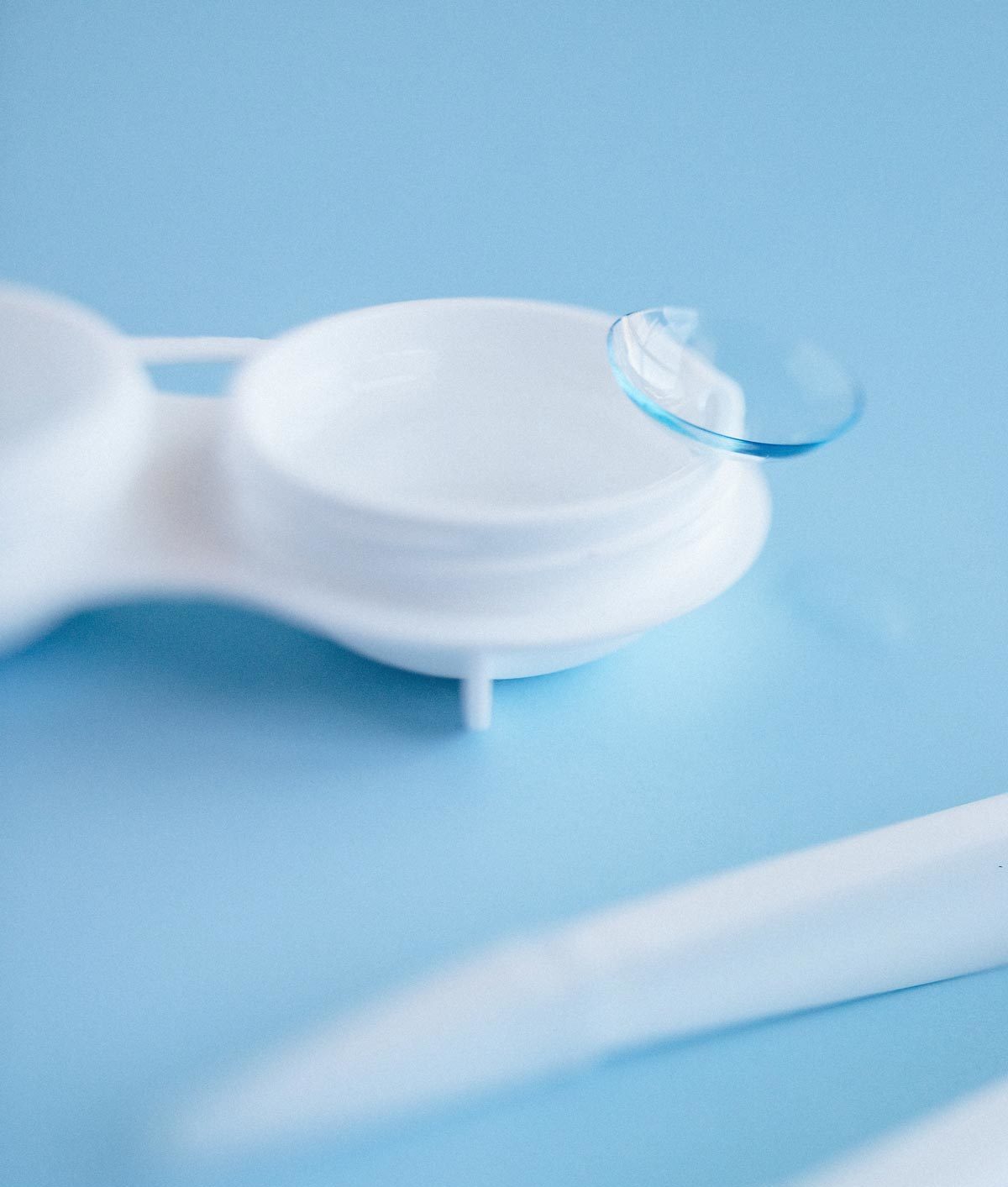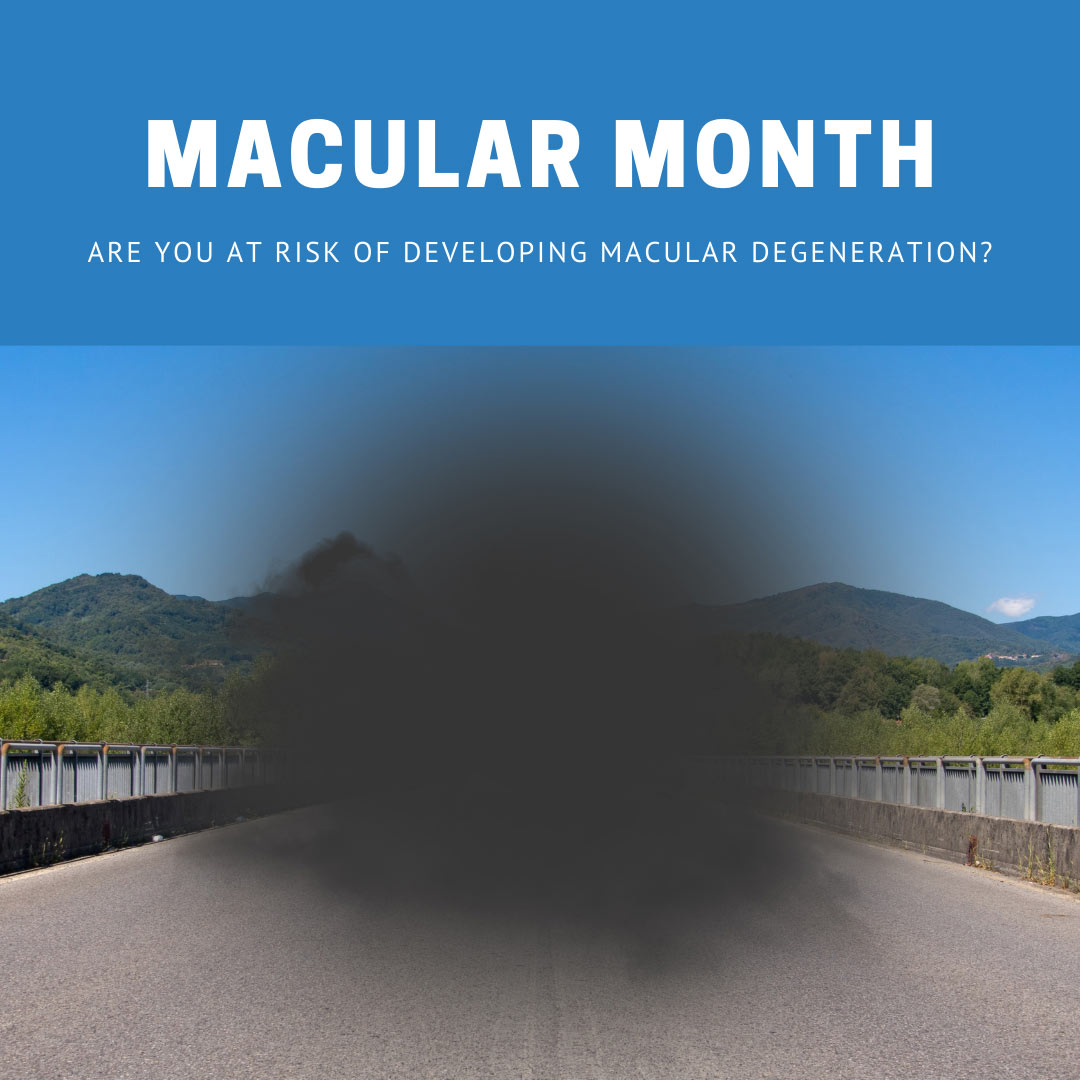Dry eye in the warmer months
The symptoms of dry eye are not just prevalent in the winter months, dryness can also affect eyes in the spring and summer months, sometimes even more so. This is caused by increased exposure to the sun and other season factors including visiting the ocean and pools.
Relieving the effects of dry eyes during spring and summer
-
Always wear sunglasses
The UV protection that polarized sunglasses provide protect your eyes and reduce glare. This can help to reduce the onset of dry eye.
-
Wear a hat when outside
By the same token, wearing a hat to shield your eyes from the harsh rays of the sun adds another layer of protection.
-
Eye drops
There a multiple eye drops, both over the counter and prescribed that can help to ease the symptoms of dry eye.
-
Rest your eyes
Performing tasks such as reading, watching TV or being outside in direct sunlight for long periods of time and cause dryness in the eyes. It is important to take a break from these activities from time to time to give your eyes a rest.
-
Wash your hands
When spending time outdoors, your hands are exposed to pollens and irritants that can transfer to your eyes through touching and rubbing. Washing your hands regularly and avoiding touching your eyes can reduce redness and dry eye.
If you would like to discuss further treatment and prevention of dry eye during the warmer months, contact your optometrist today.
How your optometrist can help your hay fever
The irritation, itchiness and watery eyes that hay fever brings in the spring and summer seasons can be frustrating and affect your lifestyle. The constant rubbing can also lead to dryness and redness. Here’s how an optometrist can help you manage these symptoms of hay fever.
1.Non-prescription eye drops
Your optometrist can recommend over the counter eye drops depending on the symptoms and severity of your hay fever in relation to your eyes.
2. Prescription eye drops and medication
There are different types of prescription eye drops that an optometrists can provide for severe allergies such as antihistamine and anti-inflammatory eye drops.
3.Oral Antihistamines
In conjunction with eye drops, your optometrist may also recommend oral antihistamines to hep relieve hay fever symptoms.
Some other ways that you can help reduce the effect of hay fever on your eyes include:
- Wearing sunglasses when outside
- Use a dehumidifier in the house
- Keep your windows closed on high pollen days
- Wash your hands after exposure to pets, grass and other flora.
If you would like to discuss your options to treat the symptoms of hay fever in relation to your eyes, contact your optometrist today.
Have you used your health fund benefits?

2022 is fast approaching, which means most health fund rebates will expire unless you make a claim.
To get into the end of the year spirit and to help with a fresh new look, we'd like to gift you $50* towards your next pair of spectacles or sunglasses.
This offer is valid from 1 November until 31 January 2022, so even if you've used your optical health fund benefits for this year, you can make a new claim from 1 January and take advantage of these great offers.
Book in your consultation now.
*Redeemable for new purchases from 1 November 2021 towards purchase of complete frames and lenses. To claim your 2021 rebate, orders must be collected by 31 December 2021. Not to be used in conjunction with any other discounts, packages or offers. Not redeemable on contact lenses. One voucher per patient only.
What is blue light and do we need to protect our eyes from it?
Last year saw an influx of new buzzwords. COVID-19 ruled, of course, but it was in good company with ‘pivot’, ‘new normal’, ‘zoom’ and ‘social distance’. Equally buzz-worthy and a concept that may have hit your radar at a similar time are blue light filtering glasses. Since these are the only buzzworthy concepts from the aforementioned list that we can speak of with authority, let’s take a look into what exactly blue light is and why it’s causing such a stir.
What is blue light?
Blue light is part of the visible light spectrum – it’s the light we can physically see whereas ultraviolet (UV) and infrared light are outside the visible light spectrum. Light is made up of electromagnetic particles that travel in waves. These waves range in length and strength and emit energy. The length of these waves is measured in nanometres (nm) with 1 nanometre equalling 1 billionth of a metre.
Blue light comes from both natural and artificial sources. Sunlight is a natural source, while the blue light emitted from digital screens, electronic devices and LED lights is artificial. Blue light has a very short wavelength and as a result produces more energy. Studies suggest that long term exposure to blue light may damage your eyes.
How does blue light affect us?
Sunlight is the main source of blue light and is everywhere. Our bodies use blue light to regulate our natural sleep cycles, otherwise known as our circadian rhythm. Our mood, level of alertness and overall wellbeing can be aided by natural blue light.
Blue light waves are the shortest, highest energy wavelengths of the visible light spectrum, in turn meaning they can potentially damage the internal structures of the eyes such as the retina and macula. Children are particularly susceptible to these damaging effects since the young eye is less able to filter blue light.
Blue light and ARMD
Clinical studies suggest that exposure to High Energy Visible (HEV) blue light can be a risk factor for macular degeneration.
Age and lifestyle factors such as poor diet and smoking are even greater risk factors for the development of age-related macular degeneration (ARMD).
Digital eye strain
Blue light is believed to be responsible for digital eye strain. Flickering blue light from digital screens creates glare and impacts visual clarity, contrast and sharpness. Blue light has also been implicated in migraines.
Today, we have a plethora of electronic gadgets to keep us connected with friends, family and colleagues, not to mention entertain ourselves (Netflix anyone?). Unfortunately, one of the by-products of this use of technology, is the amount of time we are spending staring at digital screens, often excessive.
Sadly, it’s not just adults that are affected. Children are increasingly using digital devices to play, read and even do schoolwork. This combination of more screen time and less “green time” (time spent outdoors in nature and natural light) can harm children’s vision and puts them at risk of developing myopia or near-sightedness.
There are certain factors when it comes to reducing the risks for children developing myopia that are within parents’ control, the main one being keeping screen time to a minimum. The World Health Organization (WHO) released daily screen guidelines for young children in April 2019. They recommend infants (less than 1 year old) should not have any screen time while those aged 2-5 should have no more than 1 hour of screen time per day. The American Academy of Paediatrics goes on to suggest that children over the age of 5 and into teenage years, don’t need a specific time limit put in place so long as digital consumption doesn’t interfere with physical activity and sleep.
To help parents/ carers, we’ve put together our top 5 suggestions to help minimise screen time and reduce digital eye strain.
5 tips for parents dealing with increased screen time
- Choose wisely – make a point to check up on what your kids are watching or playing. Children don’t always know what’s appropriate for their age and it’s easy for them to lose track of time. There’s a host of apps available to help you monitor your child’s viewing habits so consider these if necessary.
- No screen time before bed and keep devices out of the bedrooms at night.
- Make time for media with your kids but don’t forget reading. Reading to your child promotes bonding and prepares them for learning.
- Practice what you preach. Kids are very good at observing those around them so be mindful of how much time you personally spend on devices. Make a point to schedule downtime and allocate time for chores, outdoor time, reading and homework.
- Consider blue light filtering lenses such as TechShield Blue (even if you’re not a prescription glasses wearer) as they assist in reducing the amount of blue light penetrating the eye.
Why do my eyes hurt in the cold?
One very common and frustrating eye issue that increases in its prevalence over winter is dry eye. The colder temperature can cause your eyes to lose natural moisture, becoming dry and sore. Although this isn’t usually a serious condition, it can cause discomfort. Here are out top tips to ease the symptoms of dry eye and keep your eyes healthy this winter.
May is Macular Degeneration Awareness Month
inFOCUS this month... an annual awareness campaign to help Australians understand their risk of macular disease. May is Macular Degeneration Awareness Month.
Macular disease covers a range of painless conditions affecting the central retina, known as the macula, which sits at the back of the eye. This disease is unfortunately the leading cause of vision loss and blindness in Australia.
The macula is responsible for detailed central vision used for activities such as reading, driving and recognising faces. It’s also responsible for most of your colour vision and it is only early detection and intervention that will save your sight.
checkmymacula.com.au offer a quick quiz to assess your risk however the best course of action is to maintain regular eye checks and ensure you reach out to us if you notice any changes with your vision, especially when reading or driving.
Start the new year off with a fresh new look!
Start the new year off with a fresh new look! Many of the health funds re-set at the beginning of the year, so now might be a great time to use your new health benefits and enjoy little or no gap payment! Book an appointment online or visit our practice today a choose from our range of stylish spectacles.
School is back!
School is back and now is a great time to make an appointment to get your child's eyes tested either for the first time, or to get that review appointment that they may be due for.
Poor eyesight may cause learning and behaviour problems, which might be blamed on other things. This is especially true for young children, who may find it difficult to explain the difficulties they are having with their eyesight. They may not even be aware they have a problem at all.
Please book an appointment online or give us a call on 6658 9114
We hope to see you soon.








